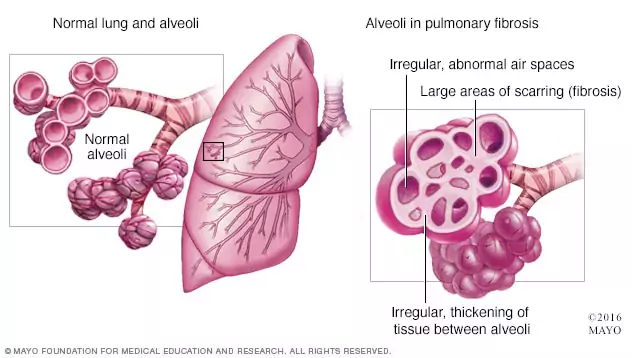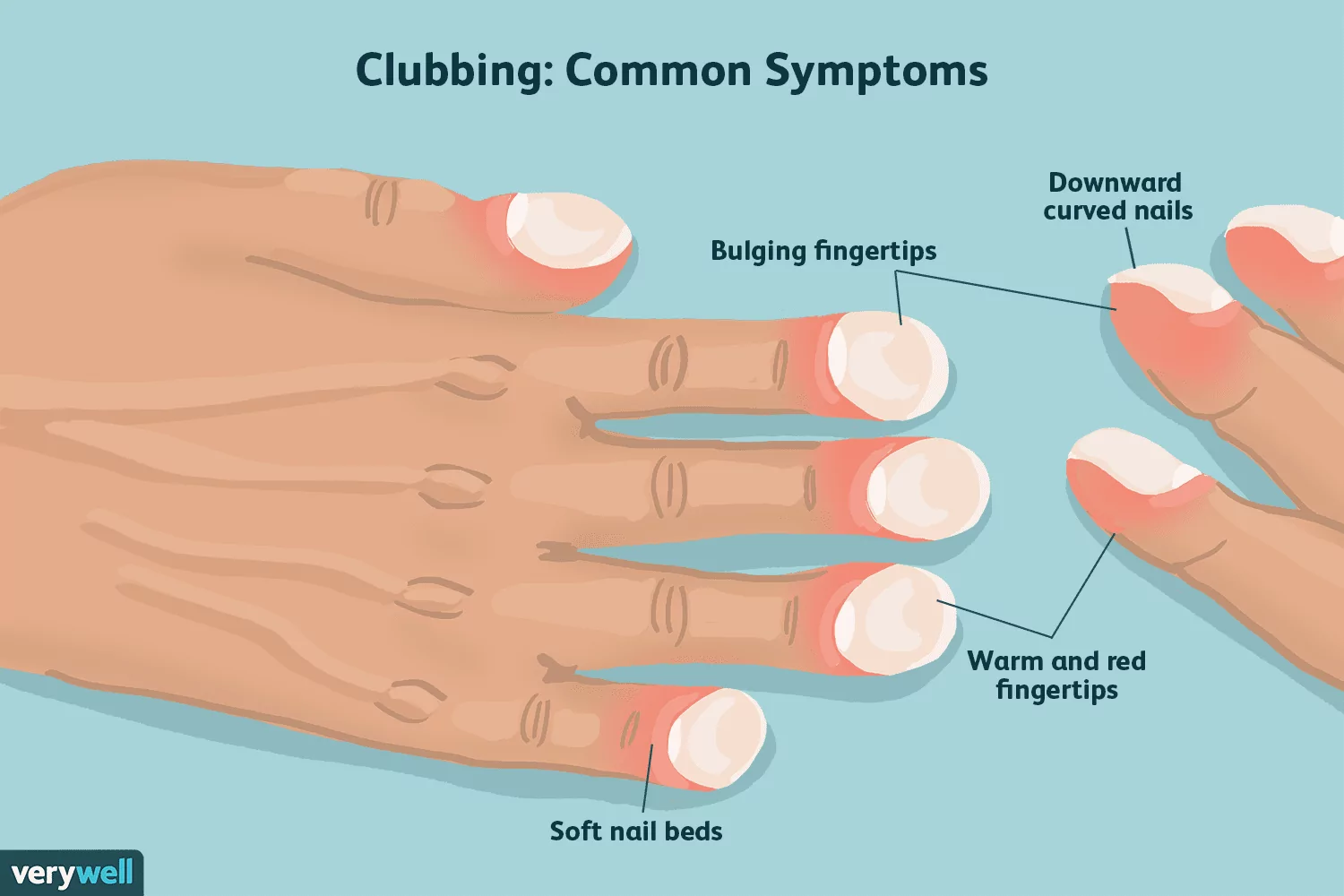Maximizing Quality of Life with A Pulmonary Fibrosis Diagnosis
If you’ve just received a pulmonary fibrosis (PF) diagnosis, it’s perfectly natural to be scared and confused and to have questions about what’s next. Some of the first things you may ask yourself are: “How will this change my life right now?” and “Will I still be able to do the things I enjoy?” While there is no cure for PF, there are ways to maintain health, keep your breathing and energy up, and maximize your quality of life while living with the condition. Here are some helpful insights on how to live a full life with a pulmonary fibrosis diagnosis.

This image is from the Mayo Clinic.
Proper Diet and Nutrition
Eating right and maintaining a healthy weight will help you prolong and improve mobility and respiratory function. Some of the best eating choices you can make with a PF diagnosis include:
- Minimizing sugar, salt and unhealthy fats, like trans and saturated fats.
- Eating plenty of lean protein, like lean meats and fish, fruits, whole grains, beans and vegetables.
- Keeping dairy choices (milk, cheese, butter, etc.) to low-fat products and varieties.
- If you struggle with acid reflux, minimize acidic foods, such as tomatoes and citrus.
- Eating smaller and more frequent meals throughout the day to avoid feeling full or bloated.
- Staying hydrated, especially when being physically active.
You should also refrain from eating anything three hours before bedtime. If you’re struggling to gain weight, try physician-approved nutritional shakes or adding healthy fats to your diet, like avocado and olive oil. No matter what your dietary needs are, ask your specialist or primary care physician to refer you to a nutritionist who can guide you in your decision-making.
Eating the right foods can minimize the production of mucus and keep your airways clear. Some foods that may help fight mucus include spicy recipes, clear broths and consumes and those rich in omega-3 fatty acids. Avoid foods that can create mucus, like mayonnaise, spinach, processed foods, chocolate and coffee.
Staying Physically Active
- Find a pulmonary rehab program to guide you in the types and level of exercise that is right for you. The reality is that there is no one-size-fits-all approach to staying fit with PF, but your PF rehab facilitator will provide insights as to what exercises are safe and effective.
- Don’t overdo it. Do low- to moderate-impact workouts, like walking on a treadmill, riding a stationary bike, cardio, strength training and stretching.
- If you’re taking oxygen, use it while you’re working out. It will help you prolong your exercise and get more out of it. Breathing exercises, such as pursed-lip and belly breathing, will also increase pulmonary efficiency and performance.
It’s important to be active every day. Prolonged periods of inactivity can make it harder to start back up again, particularly as PF progresses. Get plenty of rest and remember that you can stay active through everyday activities, like going for a short walk or cleaning your house.
Stress Reduction

This image is from Verywell Health.
Stress can quickly hasten and worsen PF symptoms. The cruel irony is that a pulmonary fibrosis diagnosis is inherently stressful. The best way to cope with PF-related stress is to get help and support from others who understand what you’re going through. Online support communities can help you connect with others in your situation. You can also reduce stress by:
- Using oxygen to maximize your breathing, health and energy each day.
- Exercising however possible to improve and elevate mood.
- Working with your doctor to empower yourself through education.
- Practicing breathing techniques to reduce worry and anxiety.
- Leaning on others for help with everyday chores and emotional support.
- Staying within your physical limitations and not pushing yourself to do more.
- Staying social and involved with your family and circle of friends as much as possible.
You should also talk to your doctor if you’re experiencing persistent mental health issues so they can refer you to an experienced and qualified professional. These may include emotions like hopelessness, restlessness, depression and anxiety and more. Medication and therapy may be able to help you to manage these issues.
Keeping Your Lungs Protected
Keeping your lungs clear and protected will help you keep your airways clear and improve your breathing. You can better protect your lungs by:
- Avoiding smoking and tobacco products.
- Avoiding indoor and outdoor air pollution.
- Exercising proper hygiene and infection control (handwashing, flu vaccination, avoiding large crowds during flu season, etc.).
Get regular check-ups from your doctor to assess the progression of symptoms and to prevent other events that can make them worse.
You Have More Power Than You May Know
Management of a pulmonary fibrosis diagnosis is done on all fronts, including physical, emotional and logistical. Work with your doctor and a palliative care professional to maximize your quality of life and continue to enjoy the things you love whenever possible. Your doctor and care team can help you improve each day.


